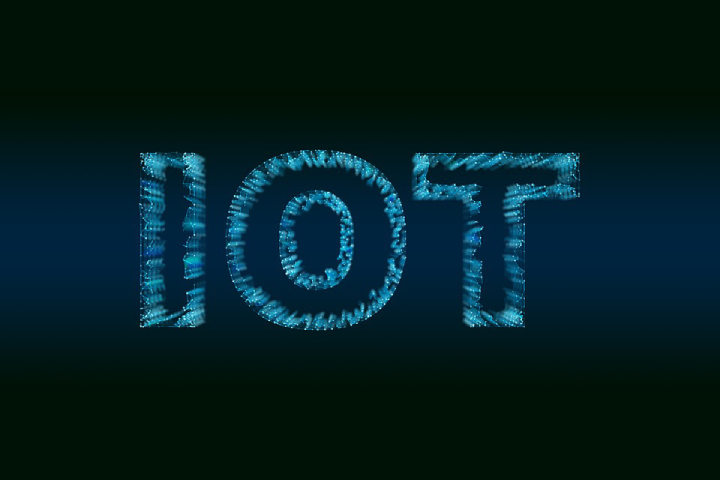Automotive
Challenges of Integrating Legacy Systems with IoT Solutions
Challenges of Integrating Legacy Systems with IoT solutions. Business Challenges with Legacy-IoT integration. Technology Challenges with legacy IoT integration.

We are rapidly moving from a disconnected world to a hyperconnected one. From smart homes to smart cars, everything reflects how much effort is being put into crafting products and services that bring hyper-connectivity to us.
With new products and new services, it is much easier to deliver connectivity. But, what about existing devices and services that require connectivity?
Given that more than 85% of all devices are legacy, this presents a huge challenge to the growth and adoption of IoT solutions. Also, note that most of the legacy systems in industrial usage have a lifespan of 10 years or more.
And it isn’t easy to replace those devices. Replacing them comes with a high cost, which is neither feasible for consumer IoT nor industrial IoT scenarios.
With this blog post, we are going to show some of the most common challenges of integrating IoT solutions with legacy systems.
Table of Contents
A. Business Challenges with Legacy-IoT integration
If you are planning to get started with a legacy-IoT integration project, here are the top five challenges enterprises usually face:
- Complex business analysis with a lack of subject matter experts
- First mover’s disadvantage: a common threat to legacy IoT integration projects
- Lack of tech talent to carry out complex integration
- Keeping cost controls in check
- Constant flux, rapidly evolving technology landscape
Let us walk you through those five business challenges in some more detail.
1. Complex Business Analysis
From user research to project scoping, business analysis is a big challenge to your legacy integration project. It requires you and your team to carefully put together and analyze challenges, opportunities, and potential innovations.
Apart from business analysis being too hard for such initiatives, if you fail during this first crucial step, the entire project is exposed to the risk of failure.

2. First Mover’s Disadvantage
Unlike most software engineering projects, IoT is a space where being the first mover is often a disadvantage. Imagine being the first mover where not only hardware, cloud, front-end, and APIs are a challenge, but also the risk of working on integrating a legacy Visual Basic based system is at a whole new level.
3. Lack of Tech Talent
Think about it, how many professionals around you can port legacy hardware architectures to an evergreen one? Or, how many professionals have the skills to predictably drive development and integration of a modular gateway?
The answer is a handful. That’s what makes it so challenging to assemble the right team that can drive the project to success.
4. Controlling costs and managing the ever-evolving landscape of IoT
Given the first three obstructions, it is rather easy for you to see why controlling costs can be a big challenge. And the fact that IoT keeps evolving makes it much harder. Let us illustrate that to you with the case of Lora.
For example, it was only 5–6 years ago when LoRa didn’t seem like a protocol that would receive such wide adoption. Businesses at that time were forced to adopt SDR. Implementing SDRs brings 100x more cost to an enterprise than what LoRa does. Those who invested in LoRa as opposed to SDRs now reap the benefits of having a competitive edge.
Now that you know what obstacles you’ll have to deal with while integrating legacy systems with IoT solutions, let’s get into technical challenges.
B. Technology Challenges with legacy IoT integration
Data and Infrastructure Challenges
There are three main challenges in heritage IoT integration when it comes to data:
- Implementing data security identity management and secure authentication
- Data architecture to ensure data integrity across hardware, middleware and cloud
- Local networks to support data transport
Most legacy devices weren’t initially built with security in mind. And, they commonly push raw data through legacy connectors like RS232. A lot of legacy medical equipment comes with ports like RS232, and the data lacks any form of encryption.
Most of these devices (e.g., an EEG machine) were designed to push information to a monitor. When you match baud rates and pull serial data from those legacy devices, it is up to your IoT devices/network to encrypt this data and push EEG information forward. This puts a lot of weight on your IoT devices, which often don’t even have a microprocessor.

The next challenge is in setting up the right data infrastructure.
Legacy equipment pushes a lot of data, and everything, from your data architecture and APIs to your network reliability, should match to deliver to these expectations. This means that your entire data architecture should be built to serve data transport requirements that support security, integrity, scale, and high velocity.
1. Legacy IoT Deployment and Management
A successful IoT legacy integration project requires a vision that not only crafts a technically perfect product but also thinks about how you will manage and support it throughout its lifetime.
Deployment and management are those spaces that you have to put together, analyze rigorously, and innovate upon. While manual inspection and upkeep are always an option, automated deployments are the key to highly maintainable and scalable IoT legacy integrations.
2. Communication standards in legacy systems
When you think about communication standards in legacy systems, there’s a lot to think about. Legacy systems evolved with communication standards that initially weren’t designed to support connectivity and innovation.
Given that most of these standards are proprietary, innovating on top of these protocols is not an easy task.
That’s precisely where the choices to set up system architecture, and select technology stack are most important. For example, if you are planning to integrate an IoT solution with a manufacturing system, selecting a language or framework that supports an OPC based communication system makes all the difference.
.NET, for example, not only makes it easy to integrate IoT solutions with OPC systems, but the evolved version .NET core also takes it a step further. While making it incredibly intuitive for system integrators to work with OPC-based legacy systems, it also brings along powerful data processing and AI capabilities
3. Quality Control over legacy IoT integration projects
From integrating legacy to building/integrating IoT networks, quality control determines how far your plan will go. Apart from the usual hardware and software quality control challenges, legacy IoT exposes your projects to the risks of facing edge cases that are very difficult to explore during the early test stages.
Having the right experience and the right set of talent is the key to effectively exercising quality control over your projects.
And that’s it!
Tackle those challenges right from the start, and you always reach SLAs and expectations that you set with legacy IoT Integration projects.
-

 Instagram4 years ago
Instagram4 years agoBuy IG likes and buy organic Instagram followers: where to buy them and how?
-

 Instagram4 years ago
Instagram4 years ago100% Genuine Instagram Followers & Likes with Guaranteed Tool
-

 Business5 years ago
Business5 years ago7 Must Have Digital Marketing Tools For Your Small Businesses
-

 Instagram4 years ago
Instagram4 years agoInstagram Followers And Likes – Online Social Media Platform















